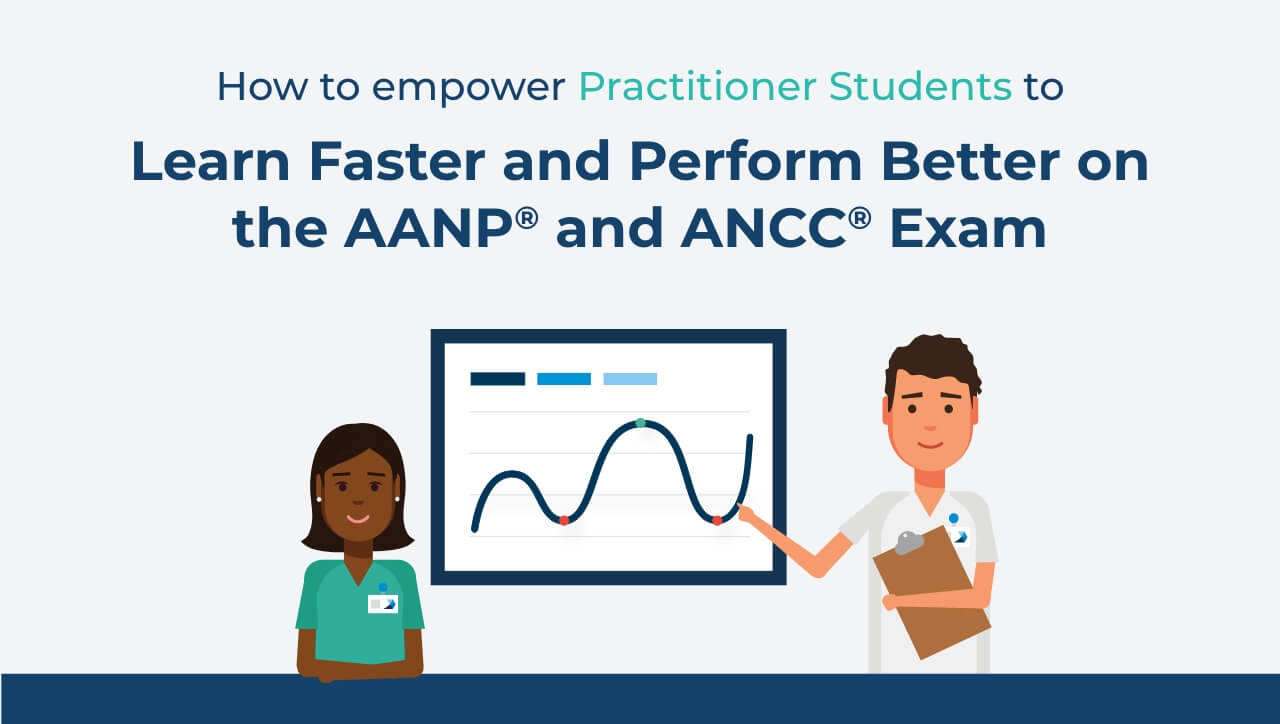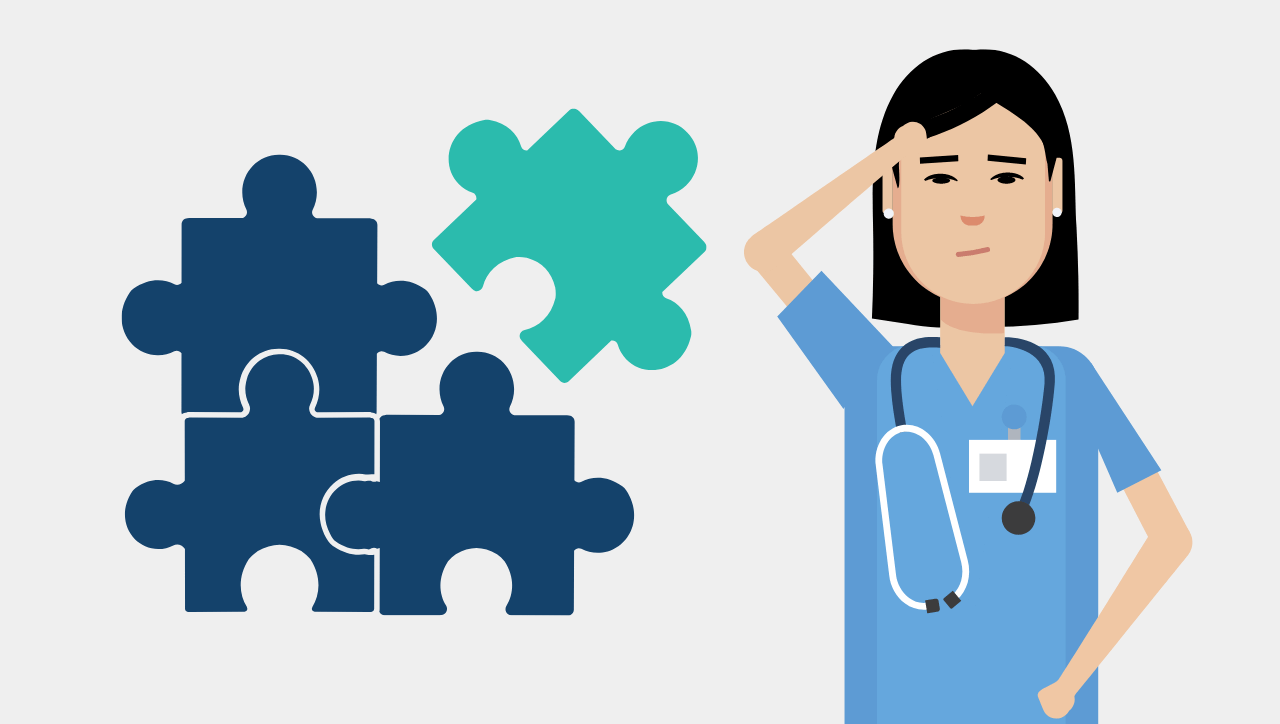Audio-Visual Mnemonics Is the Future of Nurse Practitioner Education and Success. Here’s Why.
Watch this video on the JNC-8 Hypertension Management guidelines, immortalized as whimsical characters connected by fun stories and presented in a two-minute video.
Compared to studying the information in a text-only form or using passive methods such as rote memorization (read and re-read the same thing repeatedly), an animated video brings the concept to life, making learning more exciting and engaging. Nurse practitioner (NP) students who are learning concepts like JNC-8 in their curriculum can watch educational and story videos and take quizzes to practice low-stakes retrieval to lock in the information, strengthen understanding of concepts, and facilitate knowledge recall when sitting for certification exams and in practice.
The JNC-8 video is an audio-visual mnemonic and an example of active learning, which aligns with the brain’s natural functions and supports the three-step memory process of encoding, storage, and retrieval. Science has shown that using audio-visual cues, images, humor, and weird or odd elements helps strengthen memory formation, whereas the Baker-Baker Paradox, which links acronyms with a phonetic component and a visual character, enforces storage. Finally, employing “active recall” methods such as flashcards and quizzes stimulate the entire memory process, cementing memory storage and enabling easy information retrieval when needed.
Audio-visual mnemonics simplify and accelerate the memory process. Institutions, nurse educators, and NP students can utilize them to optimize learning and exam outcomes.
Picmonic, the industry leader in this science-led methodology, has a data bank that covers thousands of NP school topics and concepts. In a randomized, double-blind, controlled study, students who used Picmonic showed a 331% improvement in long-term memory retention and a 50% increase in test scores.
Proven Data Solutions for Advanced Learning
To optimize learning, audio-visual mnemonics can be combined with evidence-backed tools such as board-style questions with AI algorithms and powerful data analytics. These data-led solutions allow NP students and educators to keep track of performance and progress; identify comprehension weaknesses and gaps; prompt revisions to overcome what Ebbinghaus calls the “Forgetting Curve”, whereby learned information fades over time if there are no attempts to relearn it.
These are among the features offered by TrueLearn, a healthcare education platform with teaching and learning tools that help develop critical thinking skills and improve testing behaviors. Students can hone their exam preparedness and improve performance on high-stakes recall by practicing with board-style questions that emulate actual exams. When integrated with Picmonic, the synergy between the two results in a learning loop that complements and enhances memory formation.

How NP Educators Can Leverage This Learning Loop
Incorporating active learning activities into lesson plans is a recommended way to learn, but educators need a lot of time, effort, and expertise to prepare and execute them. Instead, they can utilize Picmonic to add videos to lecture slides and assign learning material to students, who can access the platform on their computers or mobile phones.
Picmonic enables NP students to learn and retain information with ease, building the basic mastery that will serve them throughout their education and future practice. Educators can shift their focus to helping students to deepen their understanding and support the accelerated learning required of NP students.
The integrated Picmonic-TrueLearn approach also lets educators track student progress and performance and spot weaknesses in learning or comprehension. Faculty can then use that data to tailor remediation for students.
Effects and Benefits for NP Students
The NP curriculum is demanding and challenging and requires students’ utmost commitment, dedication, and focus to handle large amounts of complex concepts and technical terms. The “3Ps” illustrates well the extensive learning, memorizing, and recall of many complicated and difficult concepts that NP students must undertake as part of their advanced learning.
NP students will benefit if they are provided with resources that help them power through the curriculum, and that’s where the Picmonic-TrueLearn solution comes in. Students learn and master concepts with Picmonic, assess critical thinking and application of knowledge with TrueLearn, and repeat this back-and-forth process. Not only will they learn faster and remember better, but also build an in-depth understanding of the concepts and sharpen their knowledge application in clinical practice.
The integrated Picmonic-TrueLearn platform fuses audio-visual mnemonics with data solutions and science-based methods, empowering NP students to learn more efficiently and improve their exam readiness. The result? With their confidence bolstered, students are better prepared to take certification exams and achieve higher first-time pass rates, leading to more significant program outcomes for institutions.


